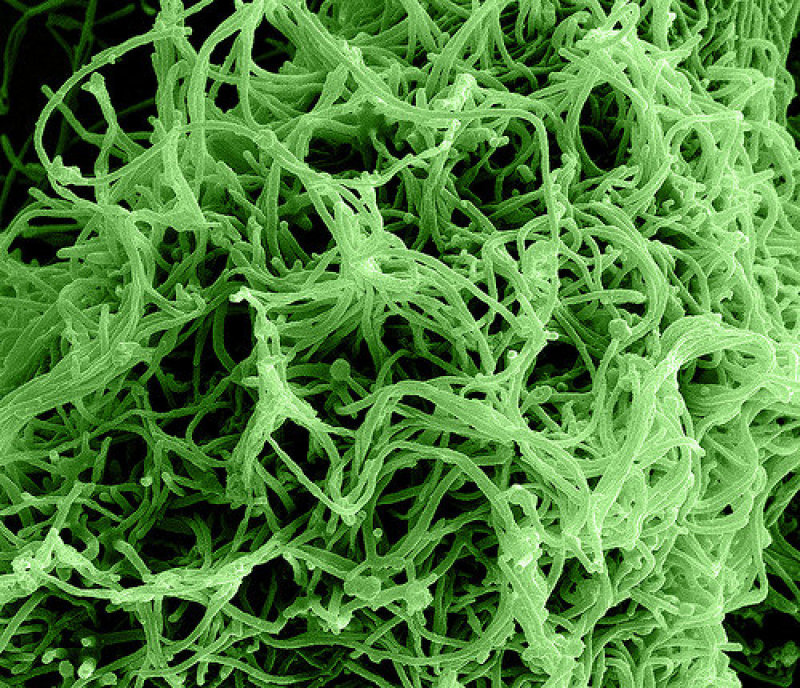
Scientists are planning on bringing back an ancient virus back to life after discovering it in the Siberian permafrost.
According to the researchers who made the discovery, reviving the 30,000-year-old frozen virus is part of a study to determine the possibility of a deadly outbreak caused by global warming, Arctic Newswire reported.
The team that discovered the virus, known as the Mollivirus sibericum, is from France's National Centre for Scientific Research. The members of the research team detailed their plans to bring the virus back to life in a report published in the Proceedings of the National Academy of Sciences.
Before proceeding with the study, the scientists were able to determine that the virus does not have the properties to infect animals and humans. Also, they classified it as a giant virus because its genetic structure houses over 500 genes. For clearer comparison, the infectious influenza virus contains eight genes, according to CNET.
Also, unlike other types of bacteria, the Mollivirus sibericum is big enough to be observed using a traditional microscope.
This is the second virus revived by the team. Last year, the researchers reactivated the Pithovirus sibericum. As described in their 2014 study, the Pithovirus sibericum is bigger than the Mollivirus sibericum by 1 micron and still has its ability to infect amoebas.
Although waking up viruses may seem like a bad idea, scientists explained that this procedure is important in order to test their capability of infecting organisms even after being frozen for thousands of years. Doing so will enable scientific bodies, governments and medical organizations to learn about the potential hazards of melting permafrost due to global warming.
"The fact that two different viruses retain their infectivity in prehistorical permafrost layers should be of concern in a context of global warming," the researchers wrote in the study's abstract. "Giant viruses' diversity remains to be fully explored."
Jean-Michel Claverie, an evolutionary biologist who co-authored the report, warned that the team's discoveries strongly indicate that other frozen or though-to-be-extinct pathogens, including those that are deadly in nature, can be accidentally revived naturally or by human activities.
Since the Mollivirus sibericum was discovered in a region rich in valuable minerals, industrial groups that are digging for resources such as oil are at risk of accidentally encountering a deadly virus.
"A few particles that are still infectious may be enough, in the presence of a vulnerable host, to revive potentially pathogenic viruses," Claverie told the AFP.
"If we are not careful, and we industrialize these areas without putting safeguards in place, we run the risk of one day waking up viruses such as smallpox that we thought were eradicated," he added.



















